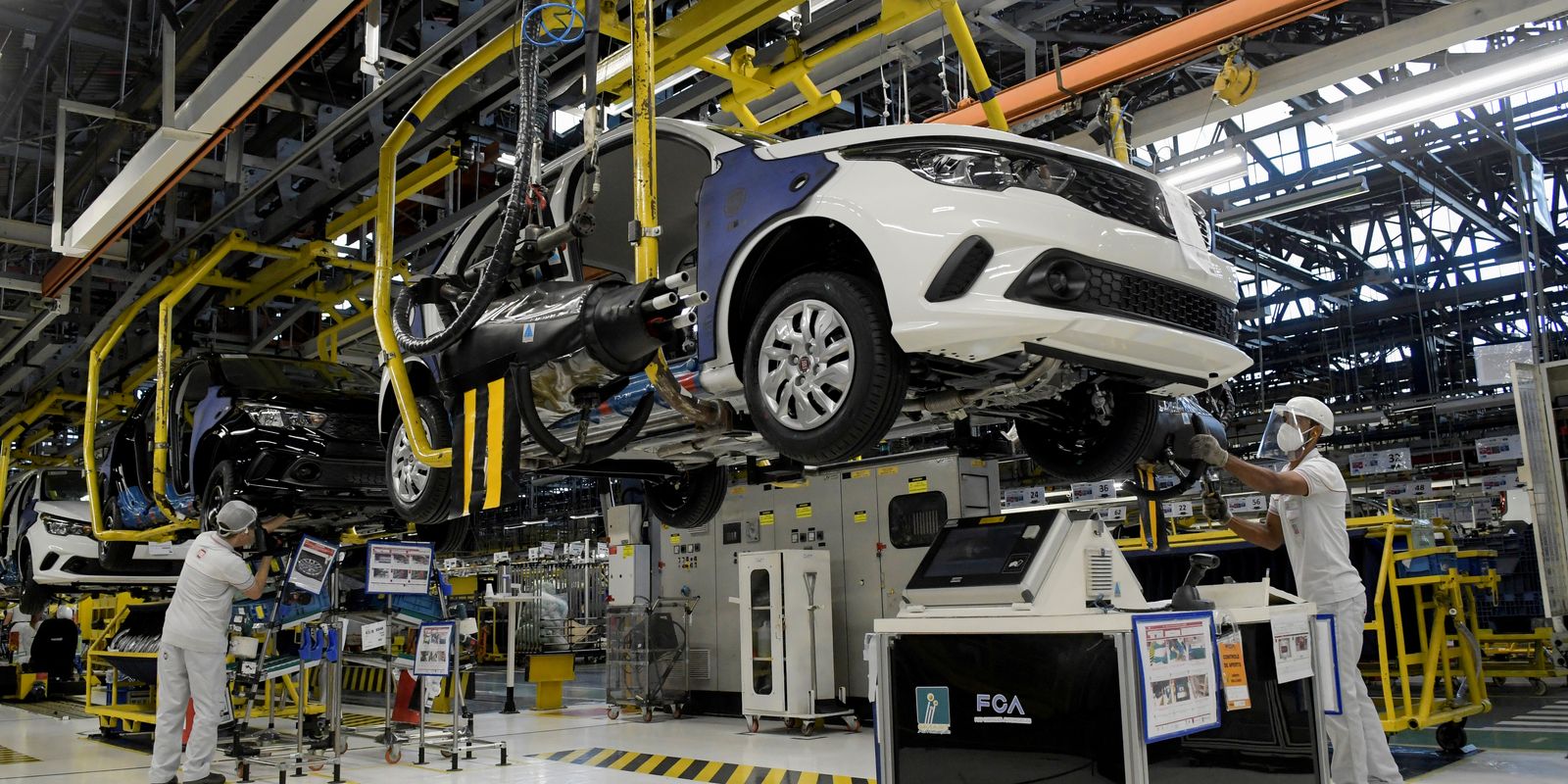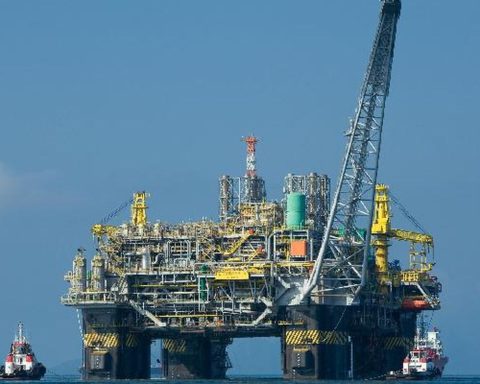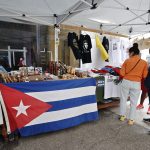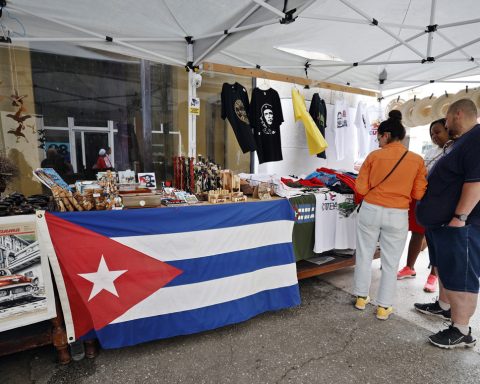Brazilian industrial production fell by 1.4% in July compared to June of this year, when there was a 4.3% growth in activity, according to a survey released this Wednesday (4) by the Brazilian Institute of Geography and Statistics (IBGE). Compared to July of last year, the industry’s performance grew by 6.1% and in the accumulated period from January to July, industrial production grew by 3.2%.
According to the IBGE, the 6.1% growth between July of this year and July of last year was due to positive results in four of the four major economic categories, 21 of the 25 sectors, 60 of the 80 groups and 67.3% of the 789 products surveyed. Among the activities, the positive influences were recorded by motor vehicles, trailers and bodies, with growth in this period of 26.8%.
Chemical products grew 10.5%, driven largely by increased production of automobiles, tractor trucks for trailers and semi-trailers, and vehicles for the transportation of goods and trucks. The production of fungicides for use in agriculture, paints and varnishes for construction, disinfectants, herbicides for plants, chemical fertilizers with NPK (Nitrogen, Potassium and Phosphorus) formulas, insecticides for use in agriculture and polyethylene also performed positively.
Other highlights of industrial production in the comparison between July 2024 and July 2023 include metal products, up 13.9%; computer equipment, electronic and optical products, up 24.4%; rubber and plastic products, up 11.6%; and machinery and equipment, up 10.8%. Also contributing positively were the production of furniture, up 26.9%; leather goods, travel goods and footwear, up 14.3%; and pharmaceutical and pharmaceutical products, up 7.2%.
Assessment
According to the Federation of Industries of the State of São Paulo (Fiesp), the 1.4% reduction in industrial production in July was recorded after strong growth in June. Therefore, there was a easing. In the evaluation by categories, the highlight was the continued recovery process of the capital goods and durable consumer goods group.
The first category, according to Fiesp, has benefited from the recovery of business confidence and the increase in the installed capacity of the industry, while in the second category, consumer goods, the expansion of household income contributed to the good industrial performance. Fiesp maintains its projection of 2.2% growth for industrial production in 2024.















